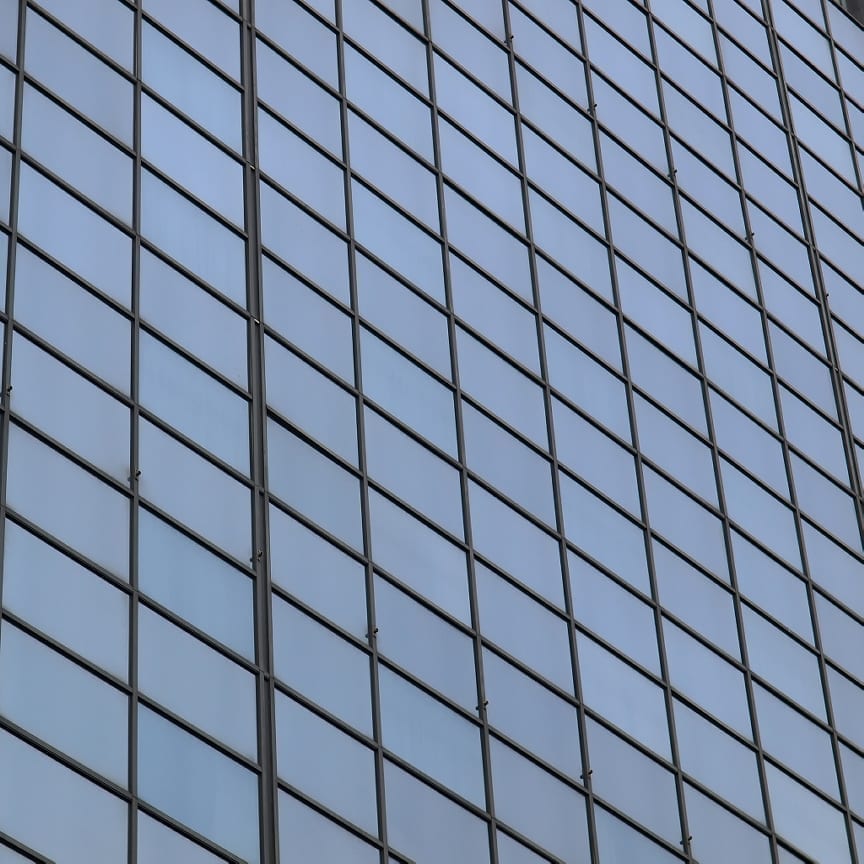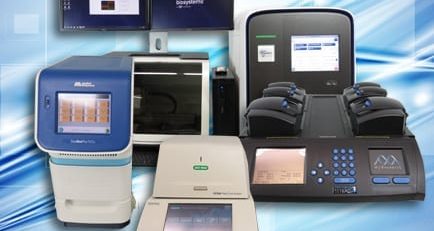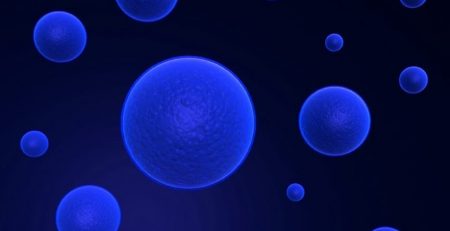New Transparent solar concentrators
A team of material engineers at Michigan State University have created solar concentrators that are totally transparent. This means they can be used on windows or even smartphone screens without disturbing the view. Richard Lunt led this research and it was published on the cover of Advanced Optical Materials. Solar Concentrators focus sunlight on a small area to maximize the amount of light, maximizing the amount of electricity generated. It can be a bit hard on the eyes so many have been trying to create an invisible like form. It almost always resulted in a colored product. “No one wants to sit behind colored glass,” Lunt said in a press release. “It makes for a very colorful environment, like working in a disco. We take an approach where we actually make the luminescent active layer itself transparent.”
They created a system that could function at wavelengths outside of the visible spectrum. This was achieved by using organic luminophores, which are compounds that are responsible for luminescence. The concentrator takes in light at certain wavelengths, and then transfers them in another. Since the visible spectrum isn’t involved, the researchers were able to have the finished product to be transparent. “We can tune these materials to pick up just the ultraviolet and the near infrared wavelengths that then ‘glow’ at another wavelength in the infrared,” he explained.
Rather than concentrate the light over the solar cell, the infrared glow is transmitted to the solar cells at the edge of the device, where it is turned into electricity. There needs to be more testing on this new technology. Concentrators that aren’t transparent are functioning at an efficiency of about 7%, while this currently is nearing 1%. Researchers are hoping to surpass 5% in time. “It opens a lot of area to deploy solar energy in a non-intrusive way,” Lunt continued. “It can be used on tall buildings with lots of windows or any kind of mobile device that demands high aesthetic quality like a phone or e-reader. Ultimately we want to make solar harvesting surfaces that you do not even know are there.”














